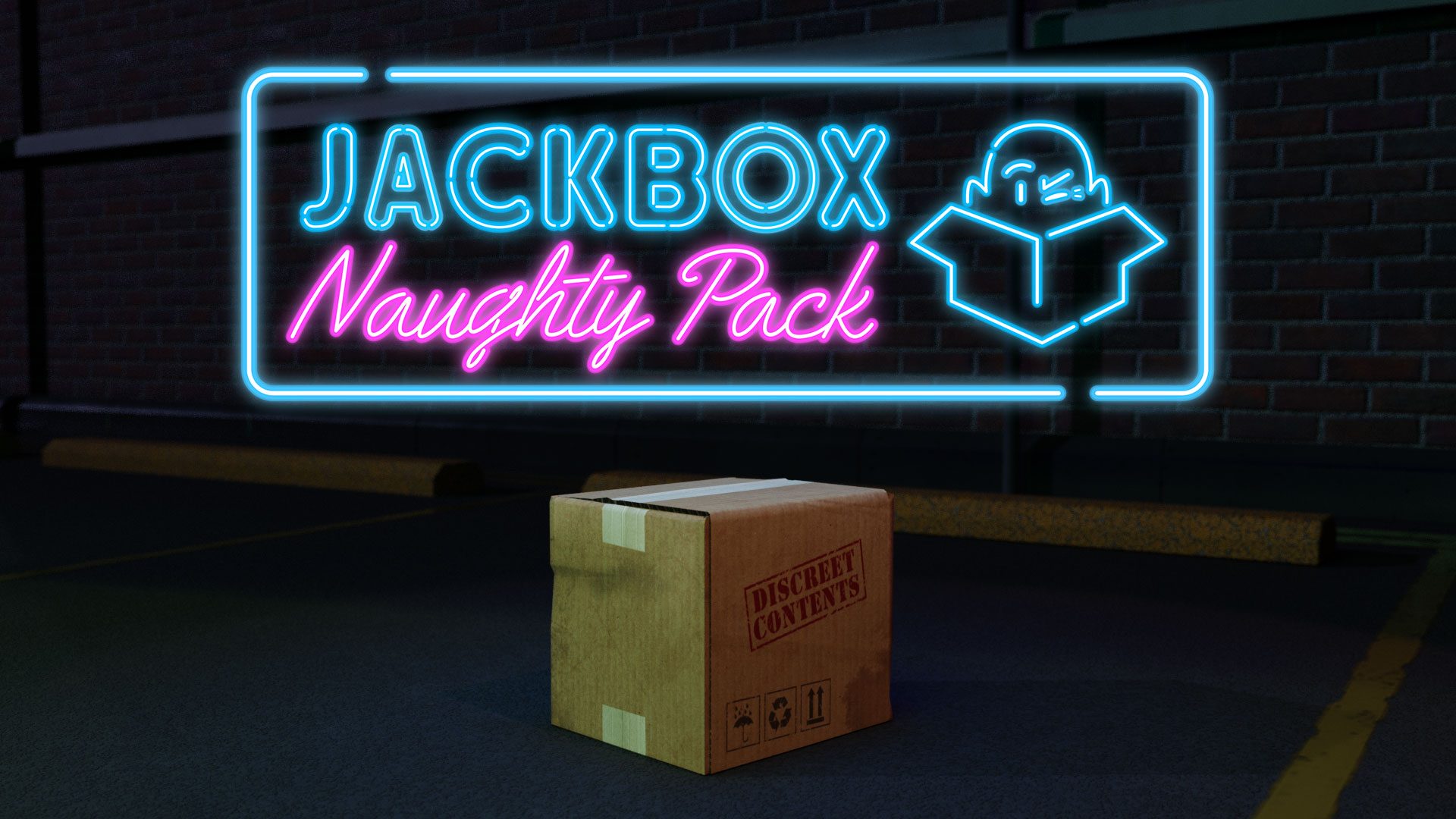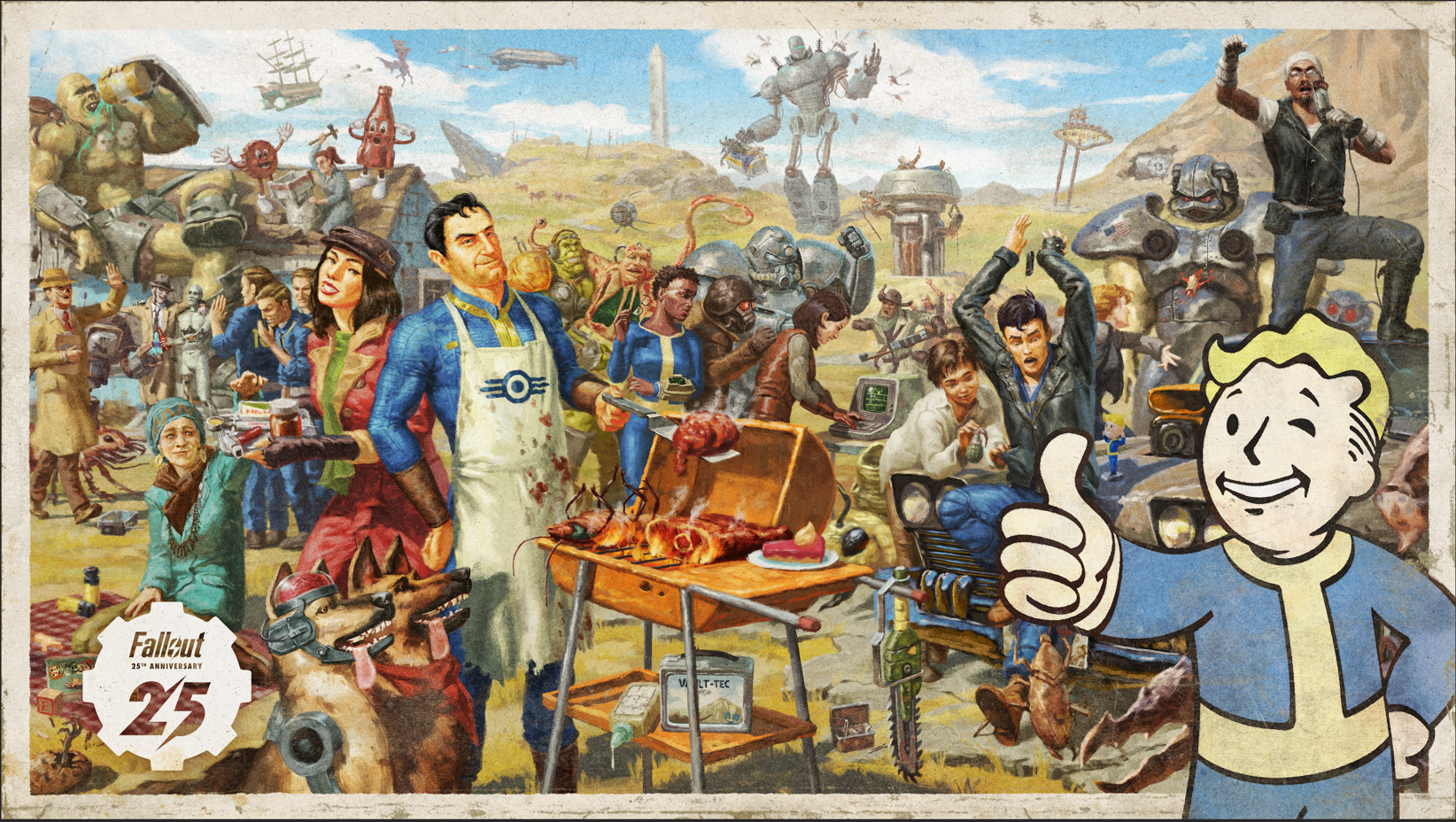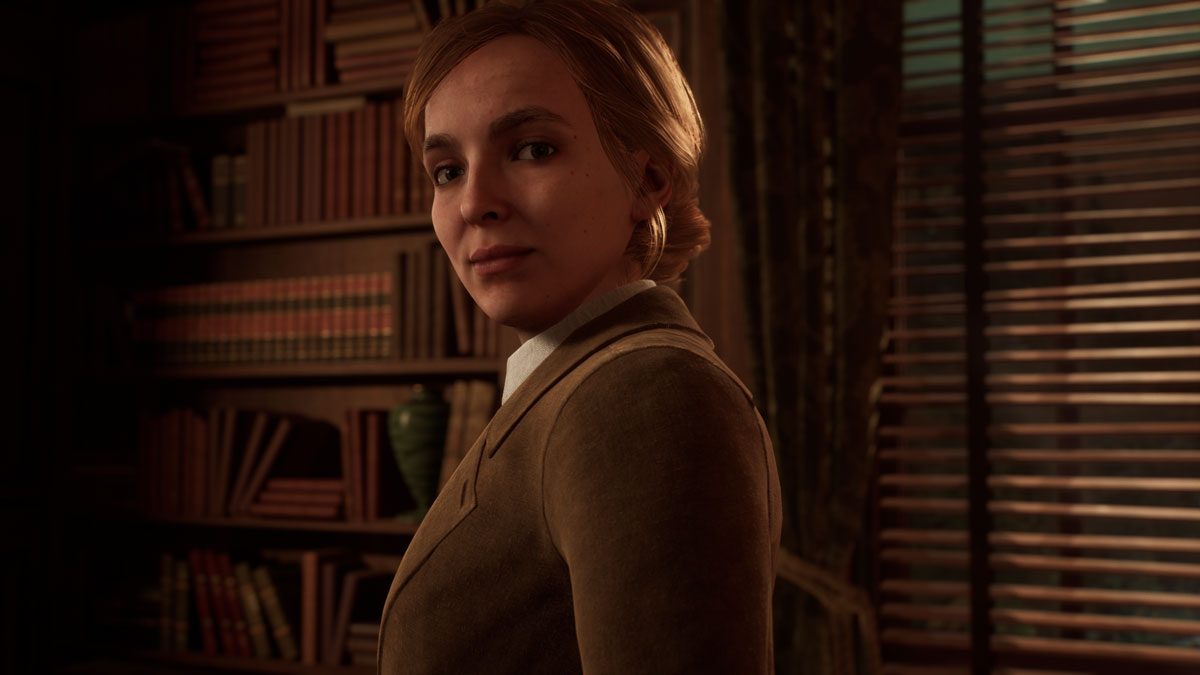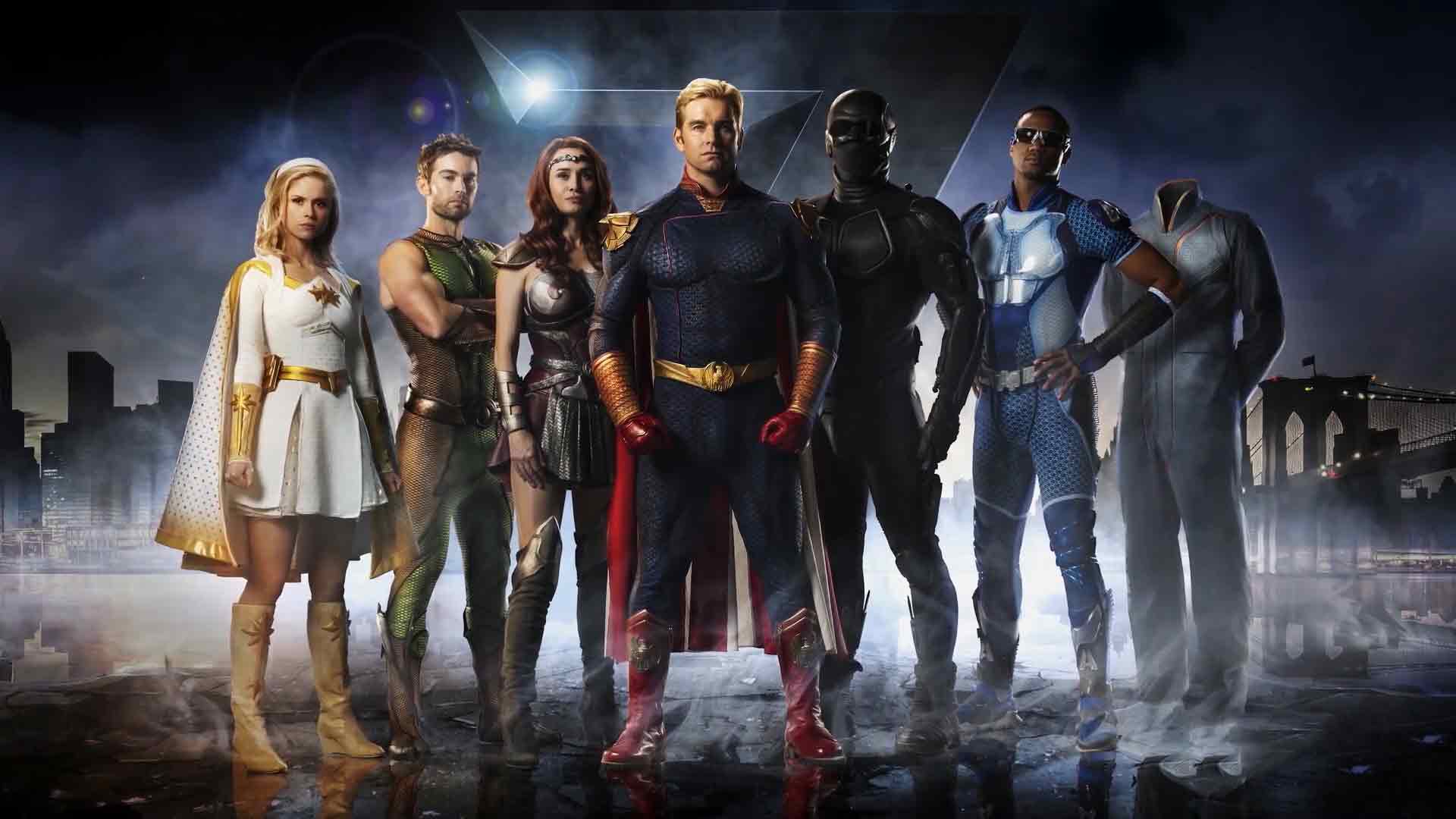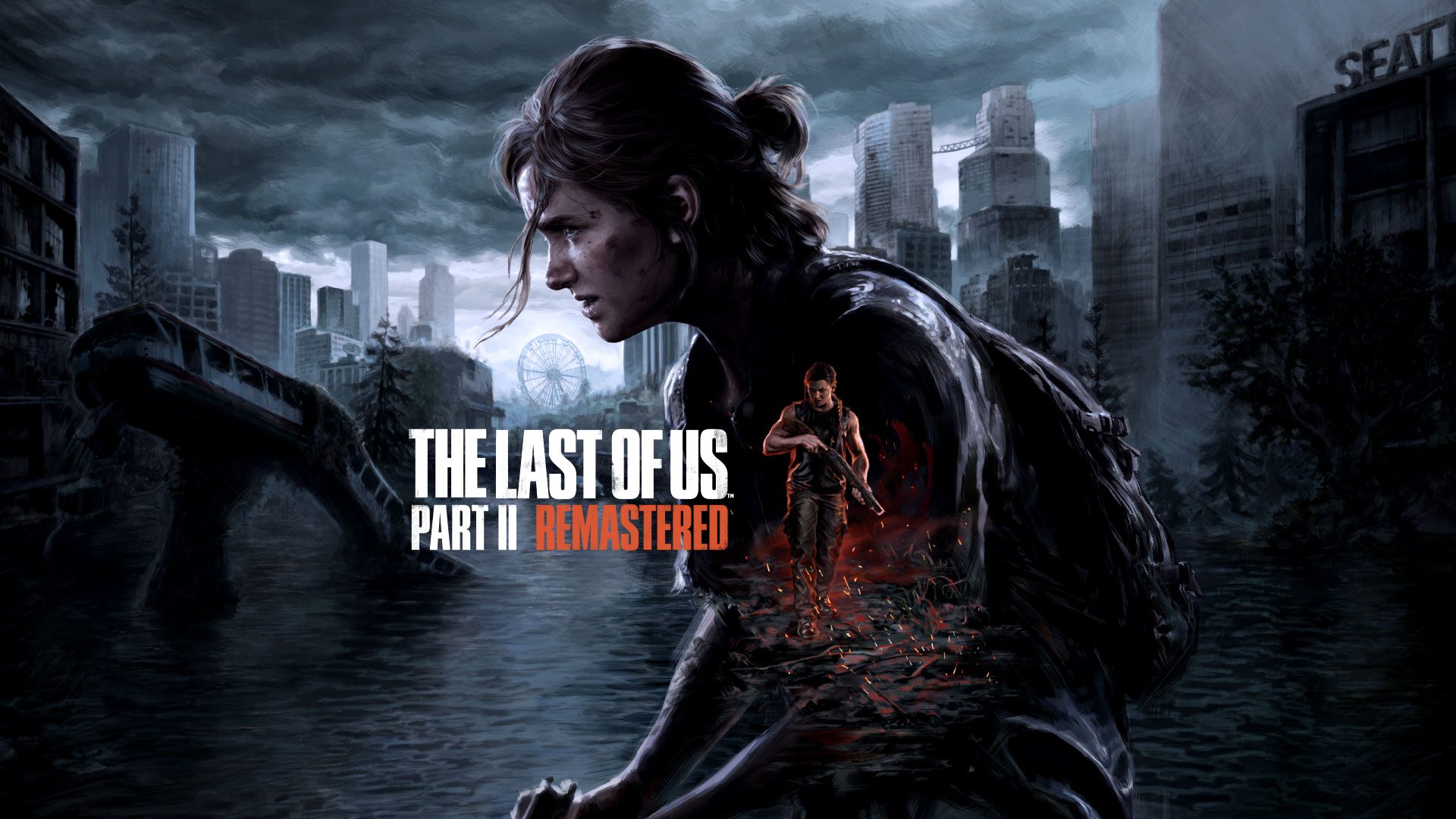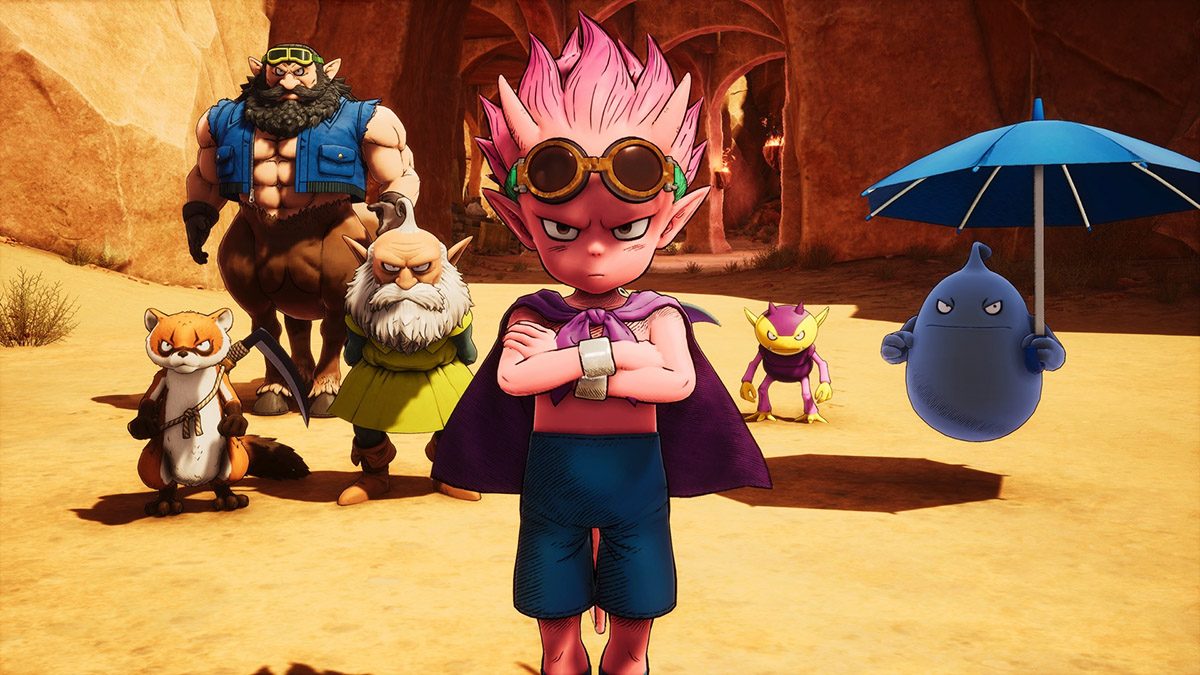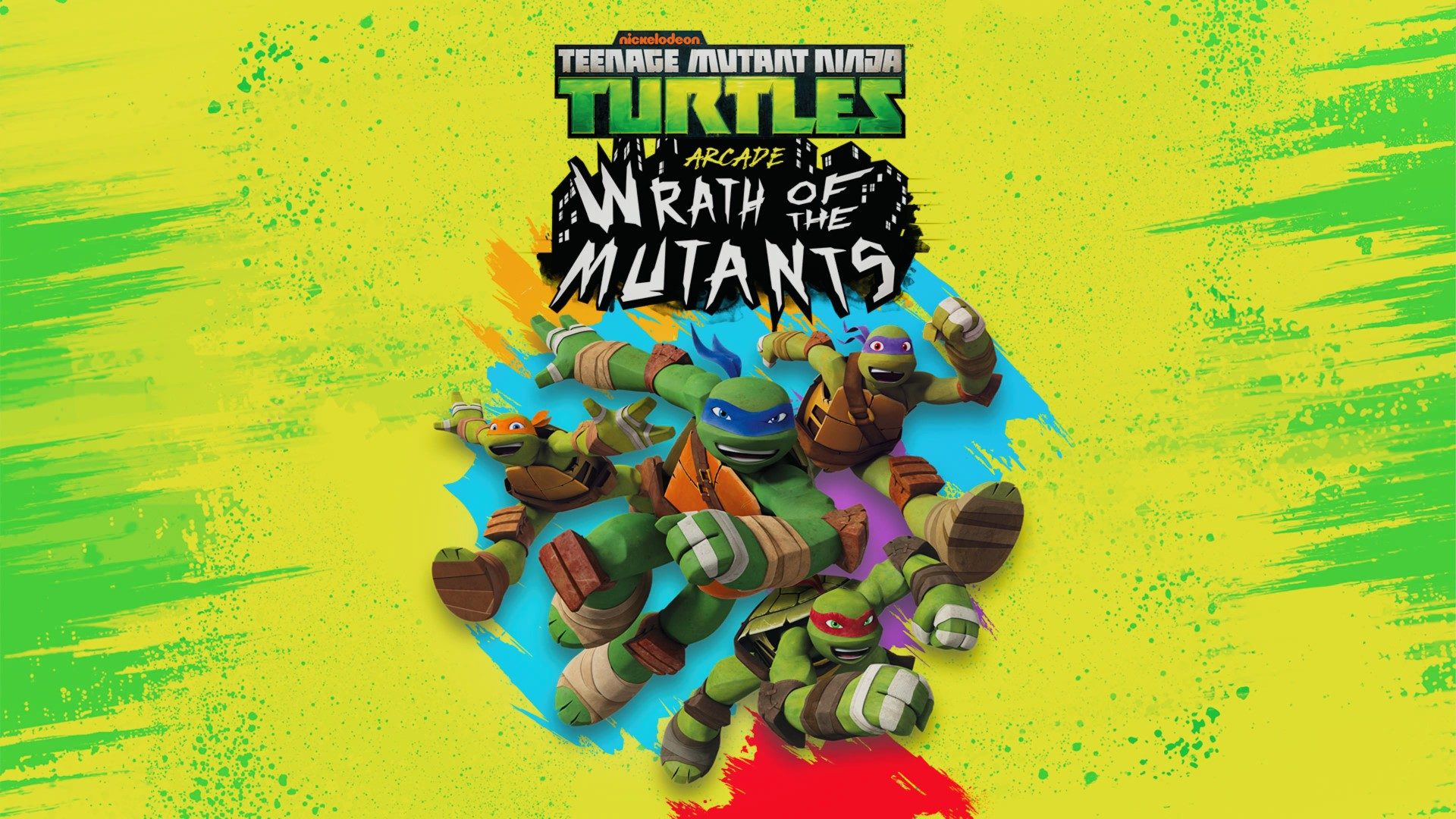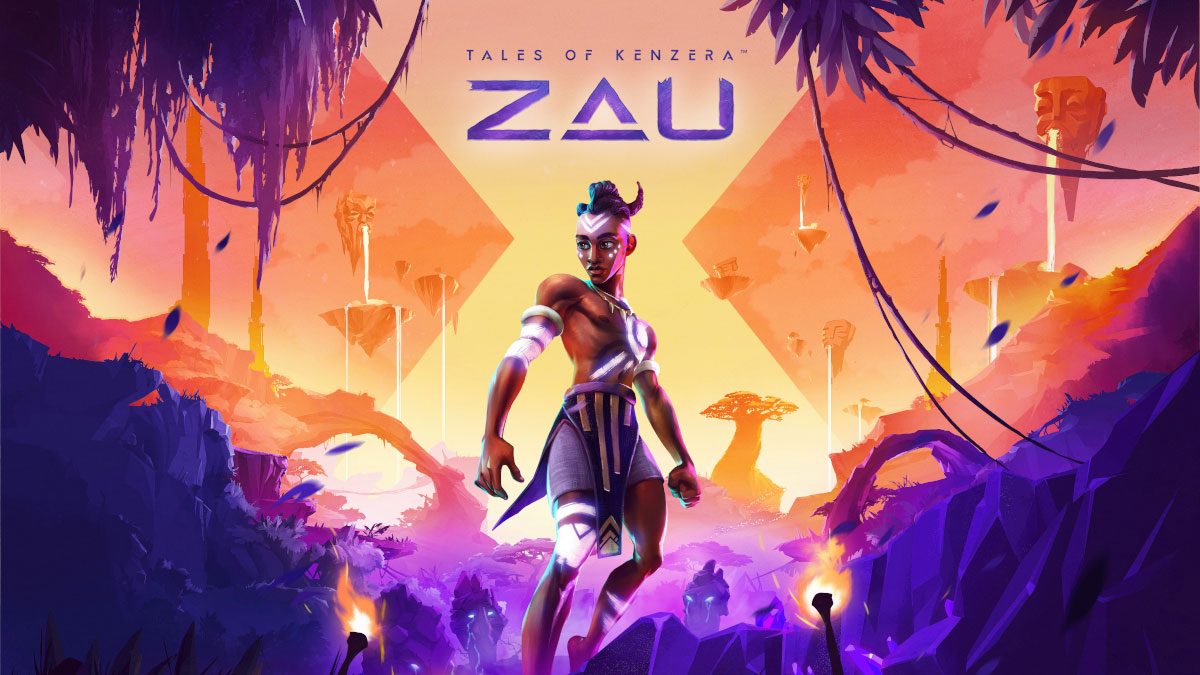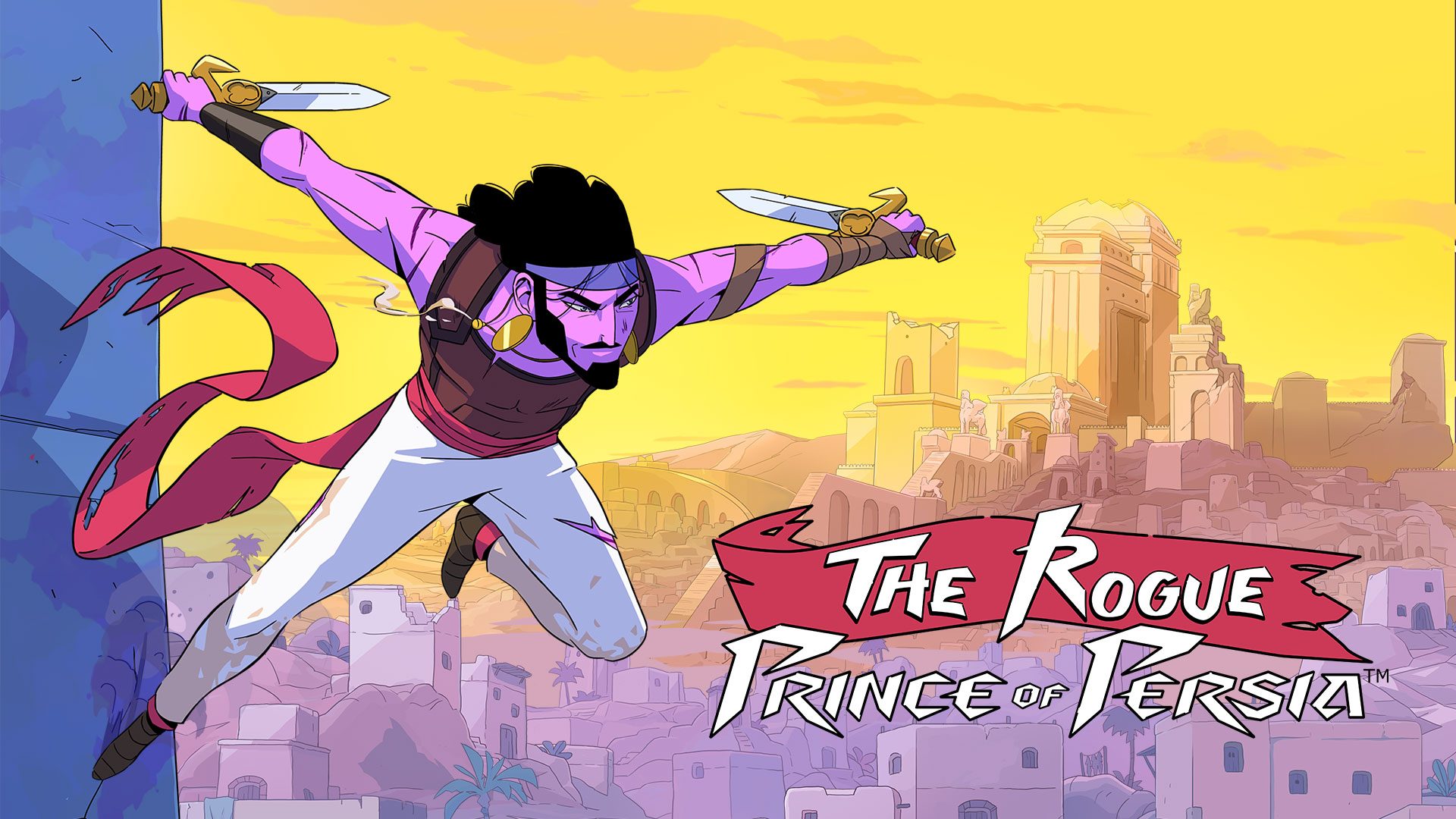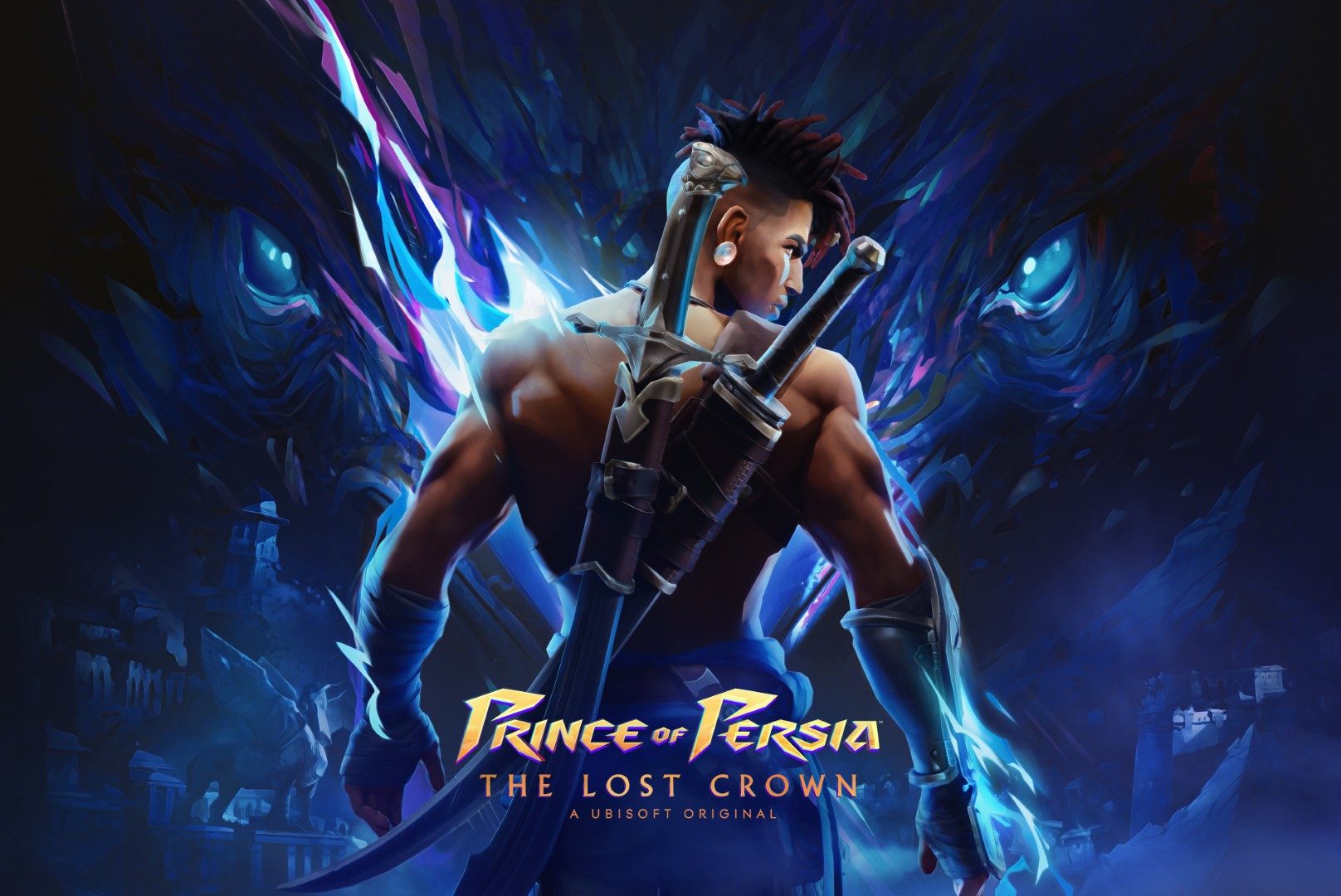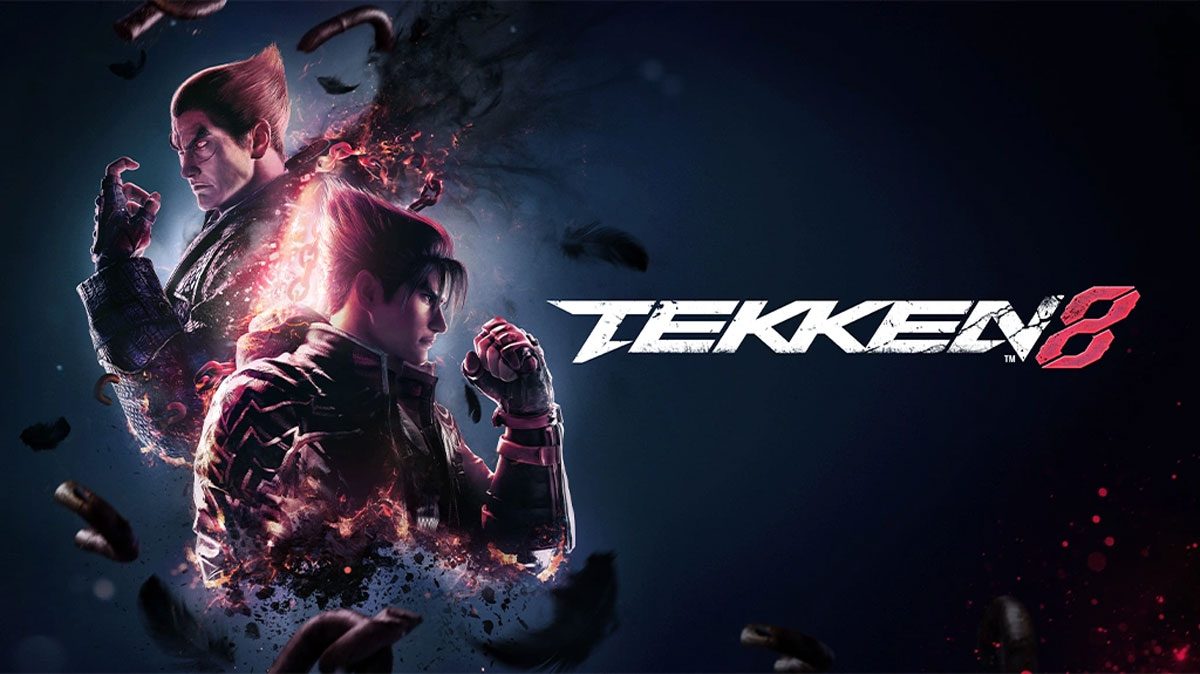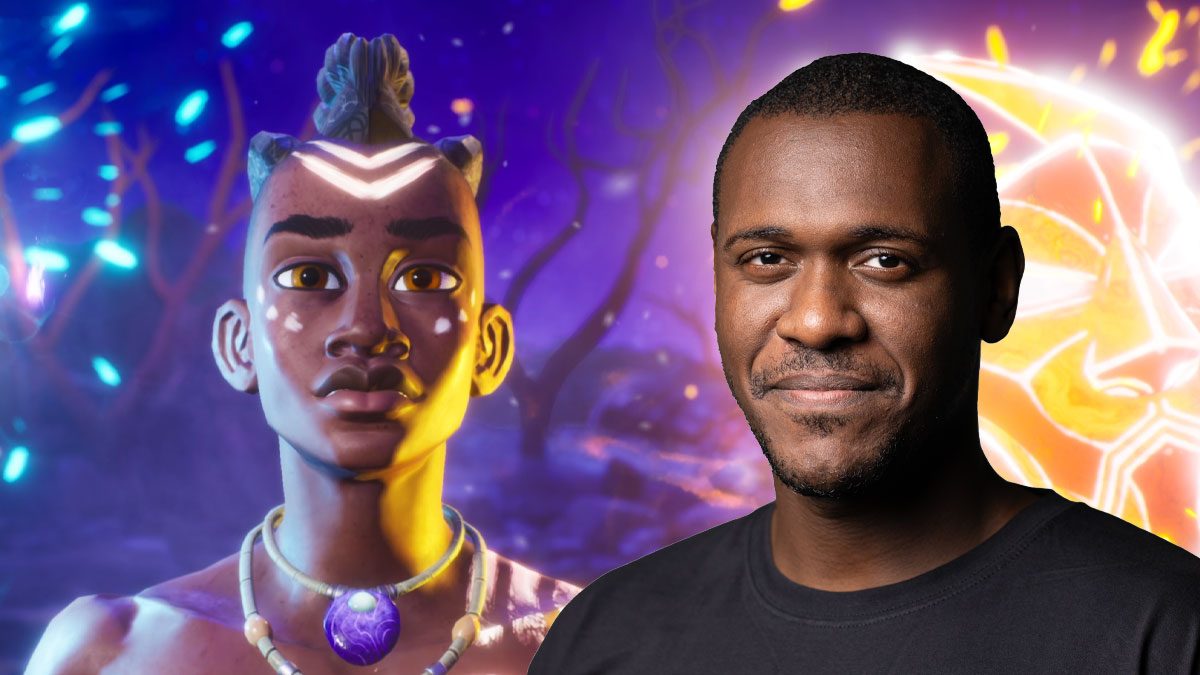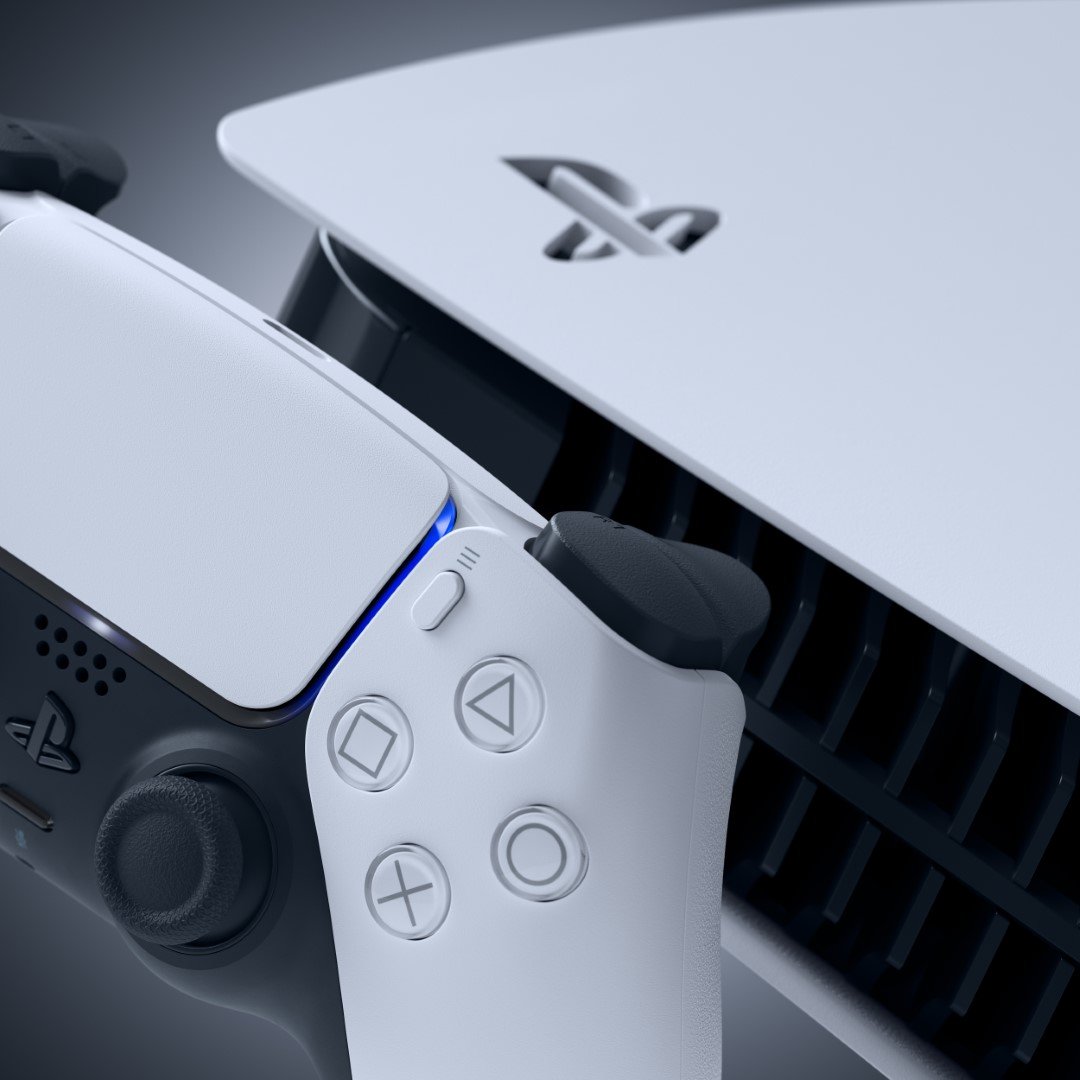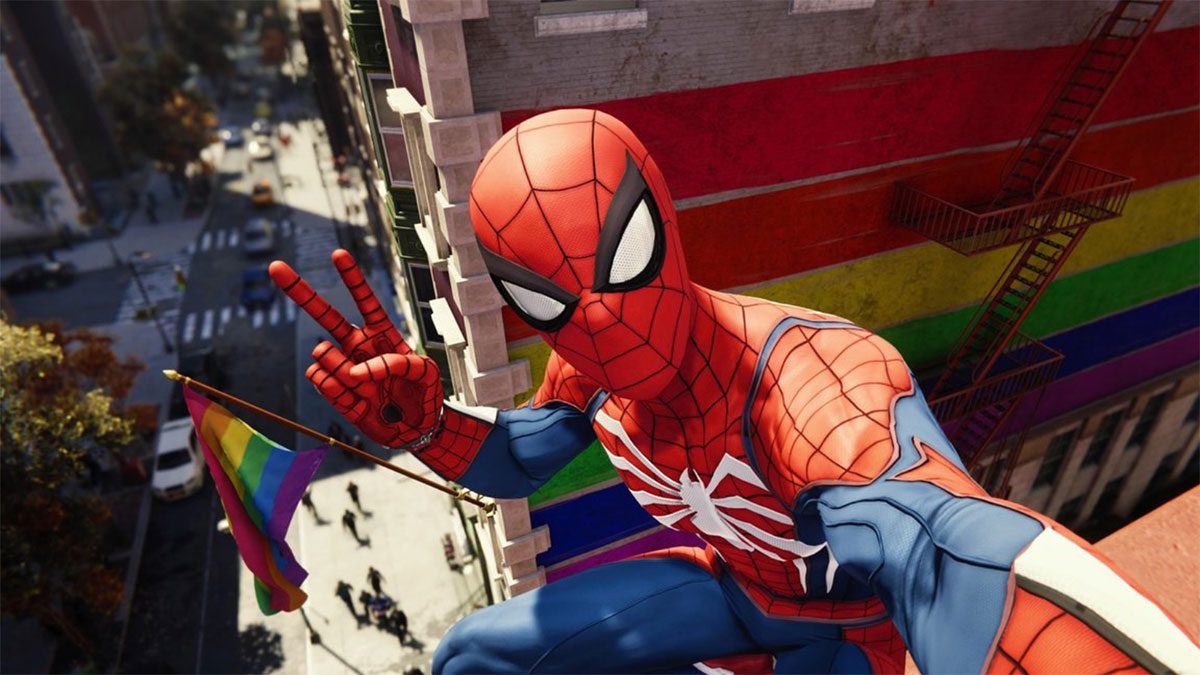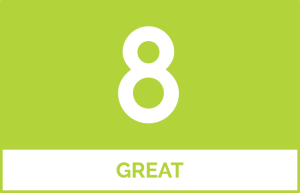Covertly punchy.
It’s been a banner few years for the Like A Dragon series, the franchise formerly known as Yakuza. After Yakuza Like A Dragon set up its new face, Lost Judgment dove deeper into the detective side of RGG Studios’ version of Japan, and then Like a Dragon Ishin revived a former Japanese-exclusive classic for all the world to experience.
There’s one last dish to be served up before the next main course, Infinite Wealth, arrives in January: Like A Dragon Gaiden The Man Who Erased His Name. Beyond having one of the most Japanese game titles I’ve heard in a while, Gaiden answers a question that many long-time fans have pondered – before we arrive at the salt-and-pepper, Bieber-bowl-cut silver fox Kiryu in Infinite Wealth, what was Kiryu up to?
For a brief catch-up – and spoiler warning, here – 2016’s Yakuza 6 The Song of Life tied a bow on Kiryu’s story before new protagonist Ichiban took over in the seventh instalment. In the grand finale, Kiryu cut a deal with a government faction to fake his death and disappear, in order to protect his daughter and the orphanage he has supported throughout the games. In Gaiden, Kiryu is kept on-call by that same Daidoji Faction as an agent, summoned to act on their behalf in the Japanese underworld under the very creative code name, Joryu.
As competent as he is in the field of backstreet brawling, Kiryu is by no means the world’s best superspy. After putting on sunglasses and changing one syllable of his name weren’t enough to keep his identity under wraps, Kiryu is soon drawn into a greater conflict in Japan’s quickly-changing criminal underworld, even though he’d made the choice to leave it all behind.
Like A Dragon Gaiden primarily takes place in Sotenbori, a location players may recognise from Yakuza Kiwami 2 or the excellent Yakuza 0. As ever, RGG Studios does a wonderful job of taking a location it’s used before and ages it up; while businesses, buildings and infrastructure may change, it is still recognisably the same area seen in the 80s for Yakuza 0 or the mid-2000s in Kiwami 2, another 15 years on.
It’s so comforting and unique to this series to once again return to a recognisable area, and have the joy of finding out how it’s changed over the years, like returning to your home town after moving away. It’s not always good change, though – the once-bustling Sotenbori of the 80s is long-gone, replaced with a much more subdued echo of its former self in Gaiden’s 2020. Homeless fill the streets of the city, a fact highlighted by one of the game’s best mechanics.
Joryu soon becomes acquainted with an information broker named Akame, a young woman doing her best to support the displaced people of her city by employing them as her informants across Sotenbori. Supporting these people, fulfilling requests and even patronising local businesses all support the growth of Akame’s network, while also giving you access to an increasing selection of bonuses and skills as you progress through Gaiden’s story and assist the people of Sotenbori.
While some requests for the network are larger in scale, equivalent to substories in other Like A Dragon games, others can be simpler requests to snap a particular photo, deliver a specific item or engage with one of the game’s many activities and distractions, like playing pool or attending cabarets. It’s a little jarring that so many of these early requests revolve around delivering food and drinks to the homeless of the city; while the game makes it clear that providing for the displaced is Akame’s big goal, it definitely makes a statement (intentional or not) about the state of the game’s world that so many people are struggling to eat.
Being a Kiryu-led game, one of your most common pastimes is, of course, brawling. Unbothered by the series’ shift to a turn-based system, our not-so-secret spy still dukes it out in real-time, just like the Judgment series’ protagonist Yagami. While his classic Dragon of Dojima combat style remains, Kiryu has also learnt a few new tricks with the Agent combat style. Focusing on speed and precision rather than heavy hitting, the agent style also uses a selection of James Bond-esque gadgetry — from a grappling wire watch, to support drones and even rocket boots.
This arsenal can very helpfully throw a wrench into the flow of combat, and flipping between the two fighting styles is smooth and rewarding. Combat flow seems to move at a faster pace in Gaiden, and enemy groups often scale larger than you may be used to within the series – but that’s exactly where crowd-control abilities from the agent style combined with the wide swings of the Dragon come in handy.
Despite trying to keep a low profile, Gaiden also sees Kiryu getting involved in the lucrative cage-fighting economy of Sotenbori in the Castle, the latest in a long line of secret casino complexes in RGG Studios’ depiction of Japan. Interwoven with levelling up the Akame Network, the Castle’s coliseum offers up challenges for single fights and groups, allowing you to earn the big bucks to unlock abilities and Akame Network perks. As a side benefit, you also gain the ability to customise Kiryu’s look both in and out of the ring.
Given the man is trying to hide his identity, the glasses and slightly different suit really don’t cut it; but levelling up your Colosseum rank and Akame Network give you access to an ever-expanding selection of new and increasingly goofy looks for our secret agent. Given the man barely changed up his look between the age of 20 and 50 across all his games, it’s a joy to get to run around the streets of Sotenbori looking absolutely wild for the fun of it.
Overall, Like A Dragon Gaiden is an excellent farewell tour for Kiryu. While he still has a part to play in next year’s Infinite Wealth, early (spoiler-heavy) story trailers make it sound like this will be his final solo outing. The story and sidequests in Gaiden often nod to Kiryu’s long history in the franchise, referencing characters he has known over the years and major events of the underworld that he was involved in – often as a major player, though he can never really take credit as his airtight persona, Joryu.
Many of the series’ best side content activities are included too; darts and pool of course return, you can race Pocket Circuit cars, sing karaoke and go on cabaret club dates (though I’m not a fan of the live-action FMV scenes used here, if I’m honest). The smaller scale of the Sotenbori map makes the area feel jam-packed with things to find and do, without feeling overwhelmingly dense – even as new layers are added as the chapters of the story progress.
While I did warm to new Like A Dragon protagonist Ichiban quickly, you can’t forget the OG. It’s great to see Kiryu take a victory lap in this tightly designed, smaller-scale story before the next big chapter kicks off in January 2024 with Like A Dragon Infinite Wealth!
Like A Dragon Gaiden The Man Who Erased His Name heads to Windows PC, Xbox One, Xbox Series S, Xbox Series X, PS4 and PS5 on 9 November.
Like A Dragon Gaiden The Man Who Erased His Name was reviewed using a promotional code on PS5, as provided by the publisher. Click here to learn more about Stevivor’s scoring scale.
 |
Like a Dragon Gaiden The Man Who Erased His Name9 November 2023PC PS4 PS5 Xbox One Xbox Series S & X |
This article may contain affiliate links, meaning we could earn a small commission if you click-through and make a purchase. Stevivor is an independent outlet and our journalism is in no way influenced by any advertiser or commercial initiative.



